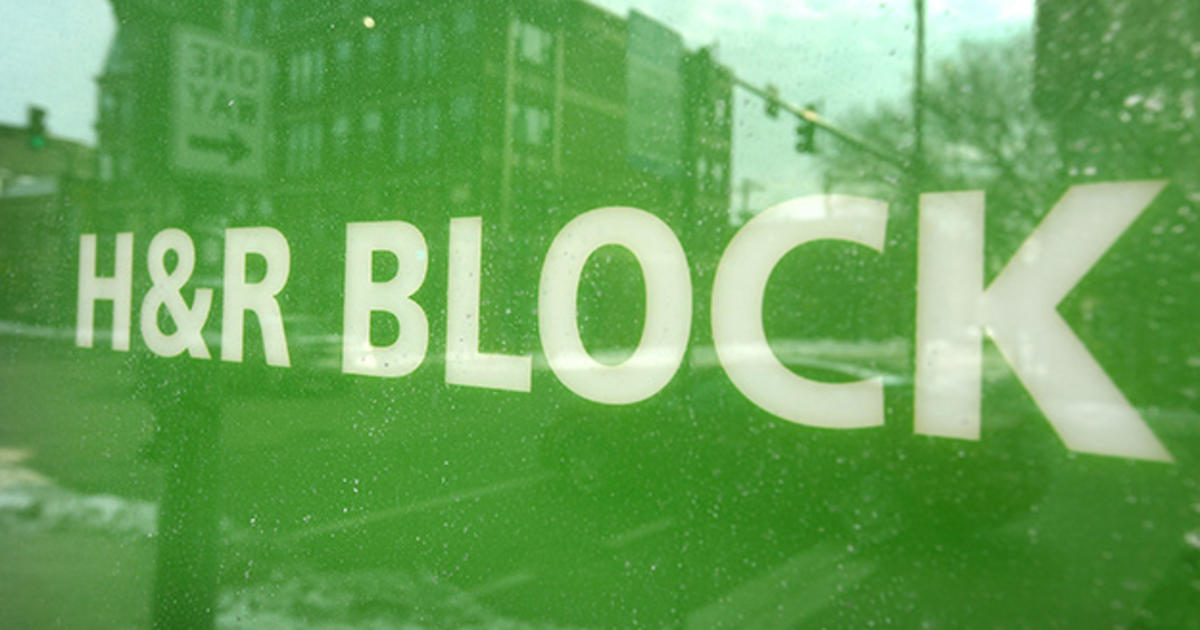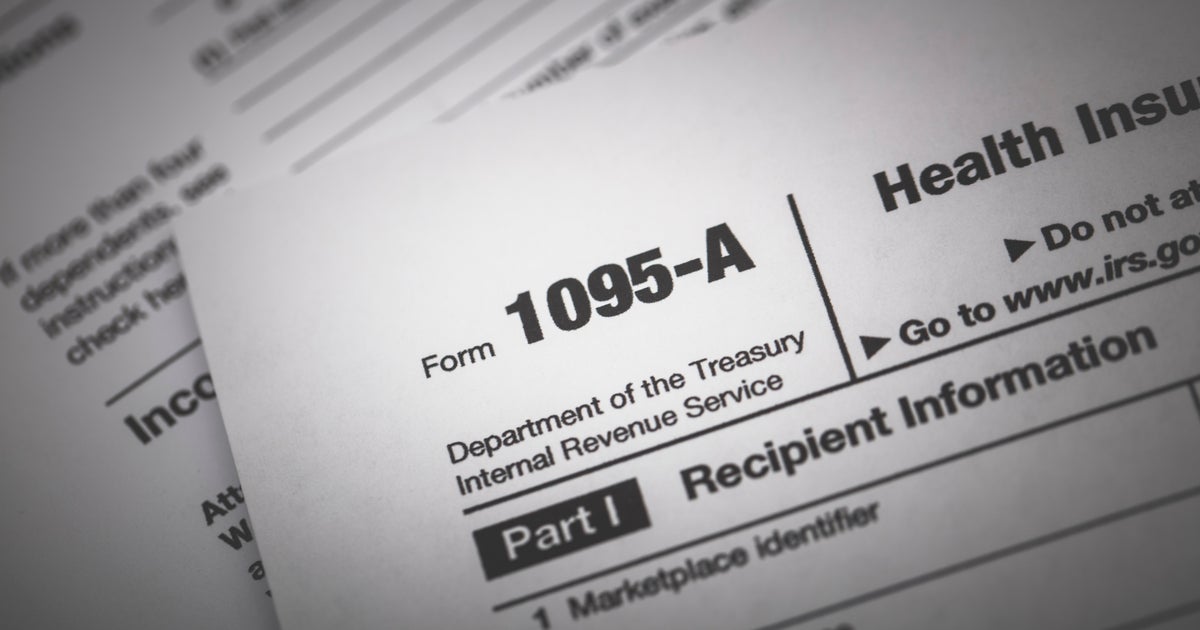3 tax deductions that raise the chance of an audit
No one wants to be audited by the IRS, and fortunately, few of us will be. There are certain things we do, though, that can boost our chances of being audited. Some of them, such as being sloppy and having errors in our returns, are under our control. Others can be a bit unavoidable, such as when we need to take certain deductions.
Three tax deductions can increase the chances of a tax audit. See if any apply to you.
Low odds
First, though, check out just how unlikely it is that you’ll be audited:
Income | Percent of total returns | Percent audited in 2015 |
All tax returns | 100% | 0.84% |
No adjusted gross income (AGI) | 1.76% | 3.78% |
$1 to $24,999 | 38.51% | 1.01% |
$25,000 to $49,000 | 23.23% | 0.50% |
$50,000 to $74,999 | 13.13% | 0.47% |
$75,000 to $99,999 | 8.42% | 0.49% |
$100,000 to $199,999 | 11.15% | 0.64% |
$200,000 to $499,999 | 3.08% | 1.54% |
$500,000 to $1 million | 0.48% | 3.81% |
$1 million to $5 million | 0.21% | 8.42% |
$5 million to $10 million | 0.01% | 19.44% |
More than $10 million | 0.01% | 34.69% |
See? Darn unlikely. In fact, it’s getting even unlikelier, largely due to budget cuts reducing staffing at the IRS. That’s not all good news. As IRS Commissioner John Koskinen has noted, Congress’s budget cuts at the IRS are not saving money, but are costing the government between $4 billion and $8 billion, as money due isn’t collected. He added: “We are the only agency if you give us more people and money, we give you more money back.”
Still, you could be audited, especially if you have one or more of these deductions:
Deduction for charitable contributions
One of the benefits of making charitable contributions is not only the satisfaction we get knowing that we’re supporting a cause we care about, but also possible tax deductions. As with just about all tax-related matters, there are rules and guidelines to follow. For example, donations must be made to qualifying organizations, which include many churches and religious organizations and many non-profit organizations, among others.
Donations can be made by cash -- this term includes checks and credit card payments -- or items such as household goods, and even cars. When you’re donating items, they should be in good condition and you can generally deduct their fair market value.
With cash donations, you’ll need either a receipt or a canceled check with the date and amount -- if the donation is for less than $250. Donations of $250 or more will require a written record of the donation from the organization. (These days, many charities will send out an end-of-the-year summary of your giving, to assist with your taxes.)
Deductions for your donations to charitable organizations can’t exceed 50 percent of a certain calculation of your adjusted gross income (AGI), and the limit is 30 percent for donations to certain private foundations, veterans organizations, fraternal societies, and cemetery organizations. There are other rules, too.
The IRS will take note of your return and perhaps audit you if your charitable deductions seem unusual in any way. A common way to stand out is if your total contributions exceed the norm for someone with your income profile.
Significant noncash donations can draw attention, too, since taxpayers with bad intentions can inflate their value. To get an idea of what might be considered “normal,” check out the table below:
Adjusted gross income (AGI) | Average charitable deduction | Percent of AGI |
Under $25,000 | $1,874 | 12.3% |
$25,000-$50,000 | $2,594 | 6.8% |
$50,000-$75,000 | $2,970 | 4.8% |
$75,000-$100,000 | $3,356 | 3.8% |
$100,000-$200,000 | $4,130 | 3% |
$200,000-$500,000 | $7,424 | 2.6% |
$500,000-$1,000,000 | $18,615 | 2.8% |
$1,000,000-$2,000,000 | $43,944 | 3.2% |
$2,000,000 or more | $382,953 | 5.6% |
Deduction for business expenses
Another kind of deduction that can boost your odds of being audited is the business-expense deduction. There are several kinds that commonly appear on tax returns, such as home office deductions and deductions for business miles driven.
To be able to take home-office deductions, you’ll need to follow the rules. For example, the office in your home must be exclusively used for business. If it’s in a room that you also use as a home gym, or where you hang out and watch TV in the evenings, it doesn’t qualify.
The space must also be your principal place of business, or where you meet regularly with customers. If you’re a salaried employee and you spend only a handful of hours per week working from home, that’s not good enough. (If you have a part-time side business and work for that exclusively from a home office, that could qualify.)
To claim a home-office deduction, you’ll need to figure out what percentage of your home your office takes up. Once you have that, you can deduct that percent of utilities, such as electricity and heat, as well as mortgage interest, property taxes, home insurance, security expenses, homeowner association fees, home repairs, and maintenance expenses.
You can also deduct the full cost of a dedicated phone line into the office if you have one, and the full cost of work done on that room, such as painting it.
If you have a car that you use for business, you may be able to deduct some or much of your expenses related to it. Business mileage deductions are worth 54 cents per mile for the 2016 tax year and 53.5 cent per mile for 2017. You can either take the mileage deduction for business use of your car, or you can deduct actual expenses that you kept track of.
Again, the IRS will be looking at returns where numbers are higher than normal. An extreme example might be if you claim that you use your vehicle for business 100 percent of the time.
Another possible red flag is if you deduct an unusually high amount for business entertainment. Be prepared, in the event of an audit, to provide receipts and documentation of where and when meals or other expenses took place, who was present, and how it related to your business.
Deduction for medical expenses
Finally, another major kind of deduction that the IRS might take a close look at is the deduction for medical expenses. An important detail to understand is that, when it comes to deducting medical expenses, you can only deduct the portion of qualifying expenses that exceed 10 percent of your adjusted gross income (AGI). So if your AGI is $75,000 and you have $7,500 or less in qualifying medical expenses, you’ll get no tax relief. If you have $9,000 in qualifying medical expenses, though, you can take a $1,500 deduction.
That 10 percent threshold used to be 7.5 percent, and those 65 or older get to use the 7.5 percent rate through the 2016 tax year. After that, it’s 10 percent for them, too. The 10 percent hurdle can seem high, but if you spend a lot on medical expenses -- which is especially likely if you have a high-deductible health insurance plan -- this deduction may still be worthwhile.
Again, though, there are rules. And again, the IRS will be looking for anything out of the ordinary.
A key rule is that the expenses you deduct must be “qualifying” medical expenses. The IRS provides a long list of allowable ones, along with examples of expenses that don’t qualify.
Many allowable ones are related to the following: acupuncture, alcoholism treatment, ambulance rides, birth control pills, breast pumps, contact lenses, crutches, dental treatments, diagnostic devices, drug addiction treatment, drugs, eye exams, fertility treatments, hearing aids, home-care services, home improvements, lab fees, long-term care, nursing services, psychological counseling, smoking cessation programs, surgeries, therapies, weight-loss programs, wheelchairs, wigs, and x-rays.
That’s not a comprehensive list, though, and some expenses related to some of those items won’t qualify. A gym membership, for example, is not deductible, even if it’s for weight-loss purposes. Other not-allowable expenses include teeth-whitening, cosmetic surgery, hair removal, hair transplants, dancing lessons, maternity clothes, nonprescription drugs, and veterinary fees.
You can run afoul of the law if you claim a deduction for a medical expense that you were actually reimbursed for by your insurance company.
If your employer provides health insurance for you and pays part of your premium, you can’t deduct the portion paid by your employer. Your own portion may also not be deductible if it is paid via pretax dollars (i.e., deducted from your paycheck on a pretax basis).
Self-employed people catch a break here, as they don’t have to meet the 10 percent threshold and don’t even have to itemize. If you’re self-employed and are reporting a profit for the year, you may be able to deduct your health insurance premiums, as well as premiums for qualifying long-term care policies for yourself, your spouse and dependents.
You may have legitimate charitable, business and/or medical deductions to take on your tax return. If you do, go ahead and claim them. An audit will be unlikely, but if it happens, you’ll be fine as long as you can back up your claims with documentation.



